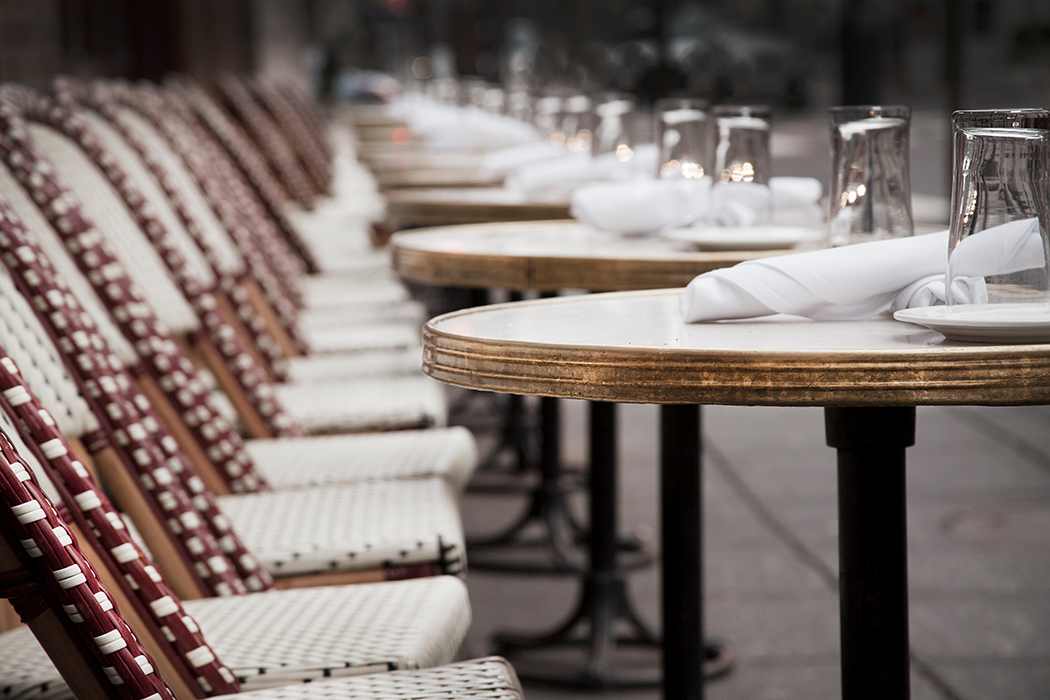Monday, March 6, 2017
Composition Rules - Guidelines to make your photos more compelling
Rule of Thirds





Imagine you have divided an image into 9 equal portions by a set of vertical and horizontal lines. The Rule of Thirds says you should position the most important elements of your scene along those line or points where they intersect. This will add balance and interest to your photos.
Diagonal Rule
Diagonal lines work to draw the eye of an image’s viewer through a photograph. They create points of interest as they cross with other lines. They give an image depth through the suggestion of perspective. The diagonal line doesn’t actually have to be a line, nor does it have to be straight. It could be a river, the tops of a set of trees or an imaginary line connecting different objects in the photo.
Leading Lines
Leading lines refers to a technique where attention is drawn to the main subject through the use of lines. A leading line creates an easy path for the eye to follow, usually starting at the bottom of the frame and leading upwards and inwards. Roadways are the easiest way to use leading lines because they actually go somewhere and they give a feeling of motion. Often lines that reach a vanishing point are also good to use eg. a railway line, path or road.
Viewpoint Variations
One way to make your images stand out from others is to see it from another angle or viewpoint. When thinking about the subject in front of you and how you will capture it, move around a bit, up and down. Find an angle that no-one else sees or has thought of and start to create your own style. By exploring your subjects beyond predictable first impressions, you can create new and startling compositions. Look for unusual viewpoints and always fill the frame (make sure your subject is not too far away).
Balance (60 - 30 - 10)
Balance can be shown in many different ways. The 60 - 30 - 10 rule is a way to create a natural balance in an image. The composition must be divided into three parts, 60% is the main section of the image, 30% is half as much as the largest part and 10% is usually an object that takes up the least amount of space in the composition.
Subscribe to:
Comments (Atom)

